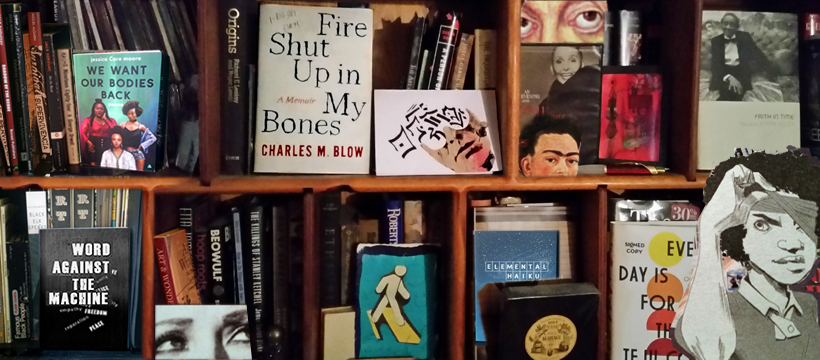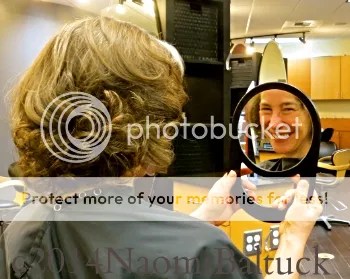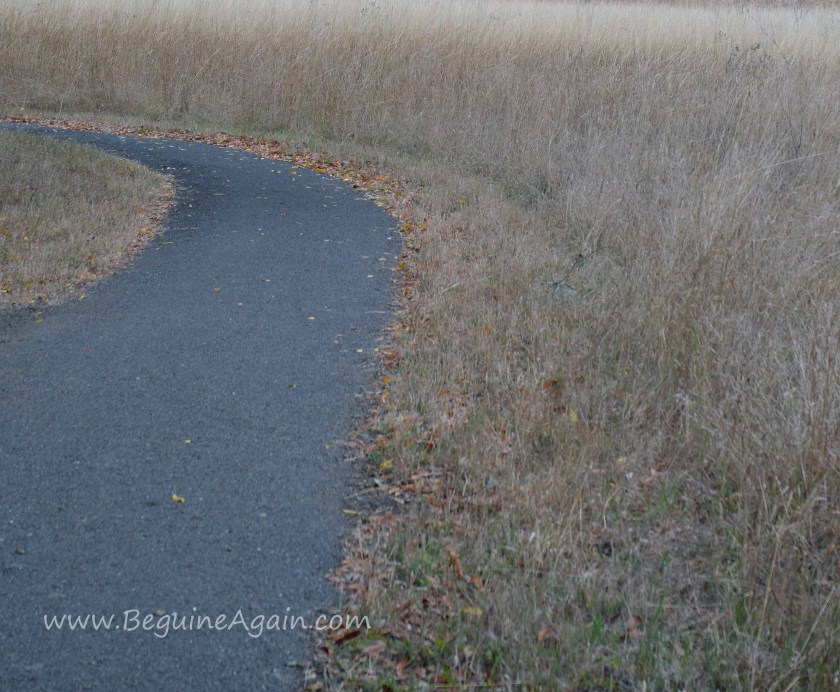On my last visit to Juneau, my Alaskan sister Constance, told me a story. It began over fifteen hundred years ago, when a small band of Pacific Islanders, plagued by overpopulation and the depletion of natural resources, set sail across the Pacific in outrigger canoes to seek new islands to call home.

They were the ancestors of the people of Hawaii, Tahiti, Samoa, and other Polynesian islands. Their only guidance was gleaned from the stars, the wind, ocean currents, the swell of the waves, the birds and the fish, the movement of the clouds. This ancient system of navigation, known as ‘wayfinding,’ enabled them to travel thousands of miles across vast stretches of ocean to remote tiny islands.

My sister told me she had volunteered at an event in honor of native Hawai’ian, Nainoa Thompson, who had come to Juneau to tell his story, and to celebrate the strong bond between the First Peoples of Alaska and Hawai’i. It began in 1976, when Nainoa wanted to follow in his ancestors’ wake by sailing from Hawai’i to Tahiti with only traditional navigation as guidance. He had a double-hulled outrigger canoe named Hokule’a, ‘Our Star of Gladness’. At that time, ‘wayfinding’ was in danger of being forever lost. Hawaii’s wayfinders had all died, and only a few elderly wayfinders remained in Micronesia. One of them, Mau Piailug, barely spoke English, and the trip from Hawaii to Tahiti longer than any voyage Mau had ever made. But Mau’s children, like the children of so many Native Americans, had been taken away to boarding schools, robbed of their culture, and any interest in learning the ancient art. He agreed to mentor Nainoa.

Under Mau’s tutelage Nainoa completed the trip, and became a master wayfinder, helping to preserve Hawai’ian culture. But the Hokule’a was built from modern materials, and Nainoa wanted to build a ship of traditional Hawai’ian materials. For almost a year, Nainoa searched throughout the Hawai’ian Islands for two koa trees to use as hulls.

Between the devastation of ranching and logging, he couldn’t find a single koa tree tall or thick enough to serve.

It was noted in Captain George Vancouvers journals in 1793–that some Hawai’ian canoes had hulls of Sitka Spruce. The logs had been carried three thousand miles from Alaska by ocean currents, tossed up on Hawaiian beaches, and were considered gifts from the gods.
Nainoa asked Alaskan tribal elders for two Sitka Spruce trees to build an outrigger canoe. He was told that he could have the trees “so you can build the canoe to carry your culture. But we won’t take their lives until you come see that they are what you need.”

The Sitka Spruce trees were beautiful; 200-feet tall, eight feet in diameter, over 400 years old. But Nainoa realized that he couldn’t take the life of those trees before dealing with the destruction of his native Hawaiian forests.
Nainoa returned to Hawai’i to launch a restoration program. People worked together, old and young–some traveled from Alaska–to plant thousands of koa tree seedlings, creating forests that will one day have tree big enough to make canoes.

Only then did Nainoa feel he could return to Alaska to accept the gift of the Sitka Spruce trees.

Nainoa called the new canoe ‘Hawai’iloa’, after the ancient wayfinder who first discovered the Hawai’ian Islands.

Those first Polynesian voyagers coped with overpopulation and depletion of resources by migrating to other uninhabited islands, but that’s no longer an option on our crowded planet. Nainoa’s expanded mission has become ‘Malama Honua’, which means ‘caring for the Earth.’ Last year the Hokule’a completed a three year tour that circled the planet, building global community, and promoting earth care and sustainability as well as Polynesian culture.
I believe we have strayed, and lost sight of the world we want and need to live in. But, as Nainoa discovered, and now teaches, if one is willing to listen and learn, there are wayfinders who can show us the way home.

All images ©2019 Naomi Baltuck
 NAOMI BALTUCK (Writing Between the Lines)~ is Resident Storyteller at The BeZine. She is a world-traveler and an award-winning writer, photographer. Her works of fiction and nonfiction are available through Amazon HERE.
NAOMI BALTUCK (Writing Between the Lines)~ is Resident Storyteller at The BeZine. She is a world-traveler and an award-winning writer, photographer. Her works of fiction and nonfiction are available through Amazon HERE.
Naomi presents her wonderful photo-stories – always interesting and rich with meaning and humor – at Writing Between the Lines, Life from the Writer’s POV (her personal blog) as well as on The BeZine.
Naomi conducts workshops such as Peace Porridge (multicultural stories to promote cooperation, goodwill, and peaceful coexistence), Whispers in the Graveyard (a spellbinding array of haunting and mysterious stories), Tandem Tales, Traveling Light Around the World, and others. For more on her programs visit Naomi Baltuck.com.
Naomi says, “When not actually writing, I am researching the world with my long-suffering husband and our two kids, or outside editing my garden. My novel, The Keeper of the Crystal Spring (Viking Penguin), can be read in English, German, Spanish, and Italian. My storytelling anthology, Apples From Heaven, garnered four national awards, including the Anne Izard Storytellers’ Choice. I am currently working on a contemporary women’s novel.”










































